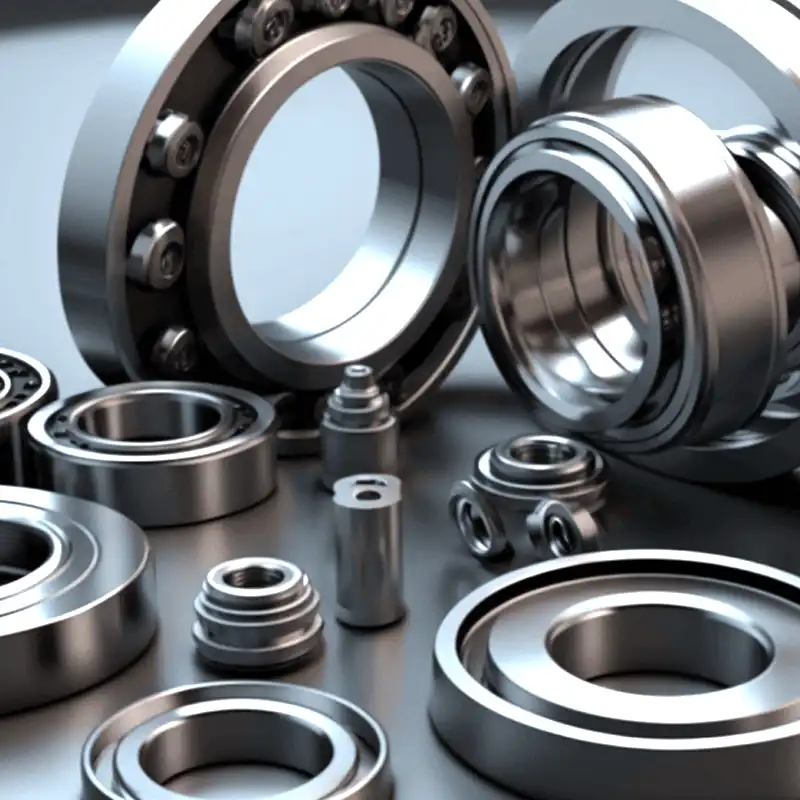Ball bearings, the unsung heroes in the world of machinery, play a crucial role in ensuring smooth motion and reducing friction.
As we delve into the fascinating process of manufacturing ball bearings, it’s essential to understand their significance across various industries.
Ball Bearing History
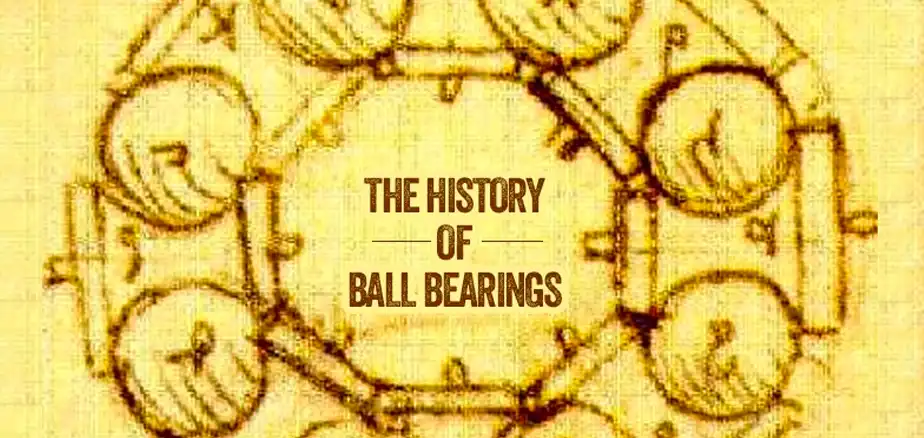
The history of ball bearings dates back to ancient times, with notable developments in the 19th century. Inventors like Leonardo da Vinci and others laid the foundation for the crucial role ball bearings play in modern machinery, enhancing efficiency and durability across various industries.
The journey of ball bearings dates back centuries, with their origins rooted in addressing the challenges of friction. Over time, these components have evolved, becoming integral to the functioning of machinery in countless applications.
Types of Ball Bearings
Diverse types of ball bearings cater to specific needs, from deep groove bearings for radial loads to thrust bearings for axial loads. Understanding these variations is essential for selecting the right bearing for any given application.
How Are Ball Bearings Are Manufactured?
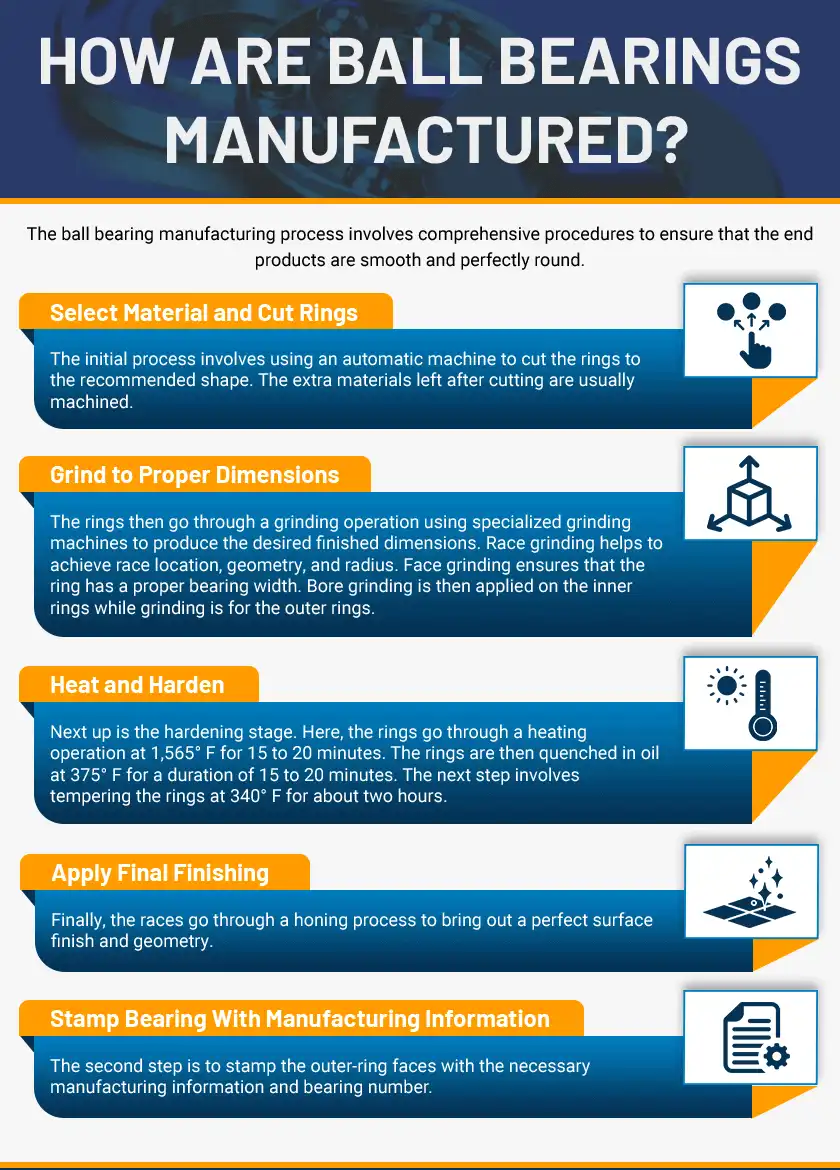
Ball bearings, though often overlooked, are integral components in numerous mechanical applications. Their role in reducing friction and ensuring smooth motion is vital. Understanding the intricacies of the manufacturing process is crucial for appreciating the precision and technology involved in creating these small yet powerful components.
Importance of Ball Bearings
Before delving into the manufacturing process, let’s highlight the significance of ball bearings. These seemingly simple devices bear the weight and forces within various machines, ranging from intricate medical devices to heavy-duty industrial equipment. Their importance lies in providing support, reducing friction, and enhancing the overall efficiency and longevity of machinery.
Selecting Raw Materials
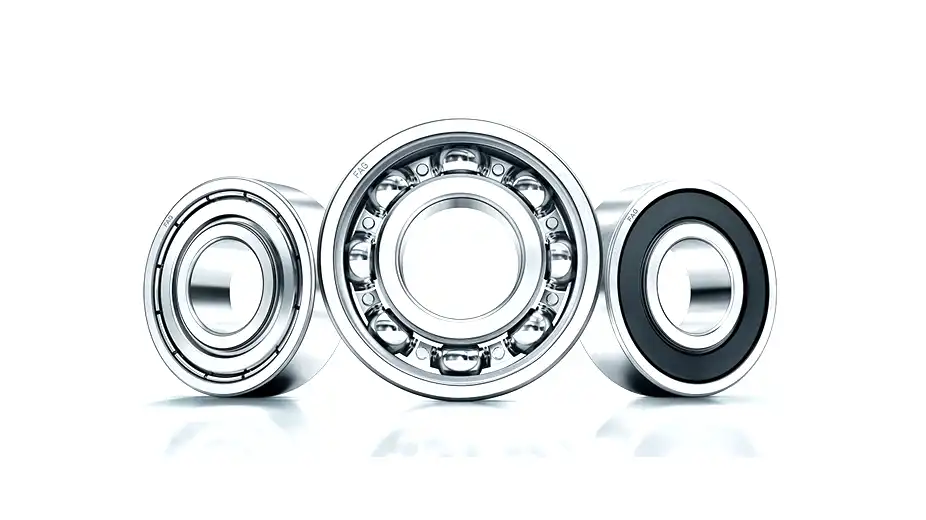
The first step in the ball bearing manufacturing process is selecting the raw materials. Manufacturers commonly use various materials such as steel, ceramic, and plastic. Each material has its unique properties, influencing factors like strength, heat resistance, and corrosion resistance. Steel, for instance, is a popular choice due to its durability and strength.
Choosing the right material is not merely about selecting a type; it involves adhering to stringent quality criteria. Raw materials must meet specific standards to ensure the final product’s reliability. Factors such as material composition, purity, and resistance to wear and tear are meticulously assessed during the selection process.
The performance and durability of ball bearings are directly influenced by the materials used. A careful balance must be struck between the material’s properties and the intended application. The right material selection ensures that the bearings withstand the demands of their operational environment, contributing to the overall efficiency of the machinery.
Cutting Rings
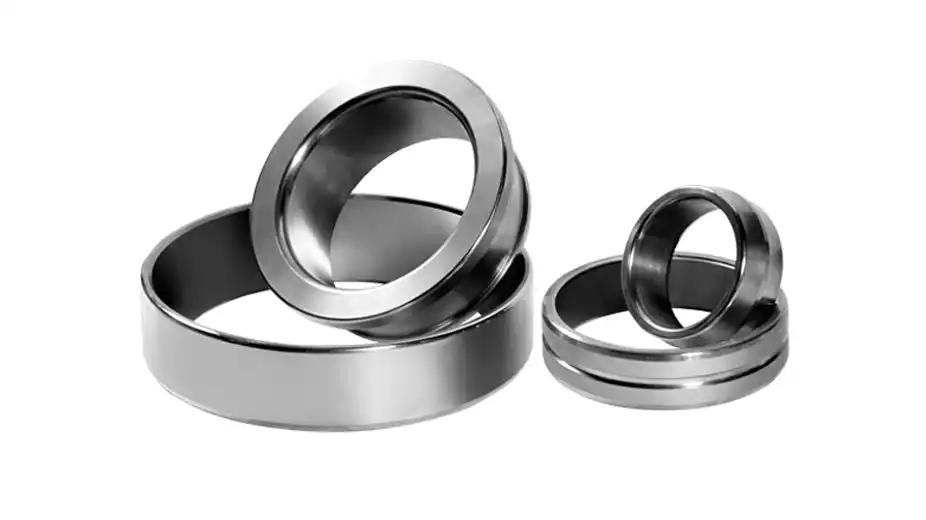
Once the raw materials are chosen, the manufacturing process proceeds to cutting rings to the desired shape and size. Precision in this step is paramount. Even the slightest deviation can impact the functionality of the final ball bearings. Advanced cutting technologies, such as computer numerical control (CNC) machining, are employed to achieve the required accuracy.
Cutting rings involves sophisticated technology that has evolved over the years. CNC machines, guided by intricate computer programs, precisely carve the raw material into the desired shape. This level of technological precision ensures uniformity and consistency in the manufacturing process.
The significance of precision cutting cannot be overstated. It determines the overall quality of the ball bearing. Uniform dimensions and smooth surfaces achieved through precision cutting contribute to reduced friction, increased durability, and improved overall performance of the final product. This step sets the stage for subsequent processes, emphasizing the importance of getting it right from the start.
Grinding to Proper Dimensions

Following the cutting stage, the rings undergo grinding to achieve the proper dimensions. The precision attained in this step is crucial for the seamless functioning of ball bearings. Grinding removes any imperfections left during cutting and ensures that each component meets the specified dimensional requirements.
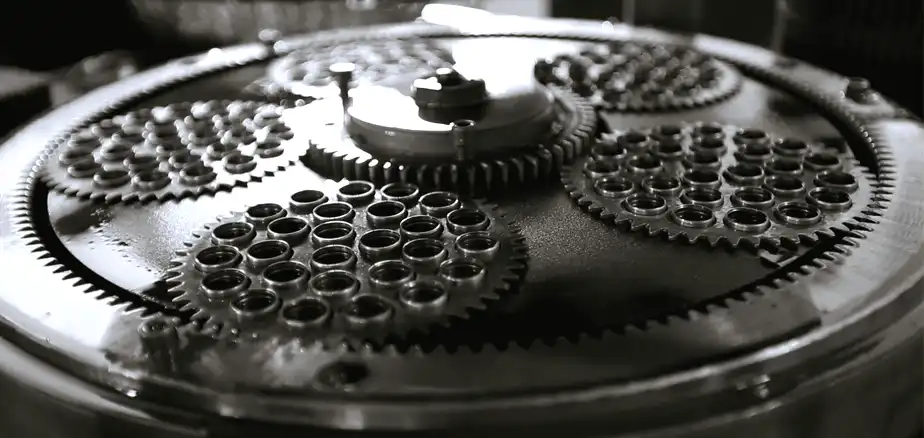
Various grinding techniques are employed to achieve the desired precision. Among them, centerless grinding and internal grinding play pivotal roles. Centerless grinding, for instance, ensures the outer surface of the ring is precisely dimensioned, while internal grinding refines the inner dimensions. The combination of these techniques guarantees the overall accuracy of the ball bearing.
The importance of dimensional accuracy in grinding cannot be overstated. Bearings that deviate even minutely from the specified dimensions may lead to inefficiencies, increased wear and tear, and, ultimately, failure of the machinery. The grinding process is
durability, heat resistance, and corrosion resistance. Steel is a popular choice due to its strength and affordability, while ceramic bearings excel in high-temperature environments. Plastic bearings, on the other hand, find applications where corrosion resistance and lightweight characteristics are essential.
Choosing the right material is only part of the equation; stringent quality criteria must be adhered to. The raw materials must meet specific standards to ensure the final product’s reliability and performance. Factors like material composition, purity, and consistency play a vital role in determining the quality of the ball bearings.
Heating and Hardening
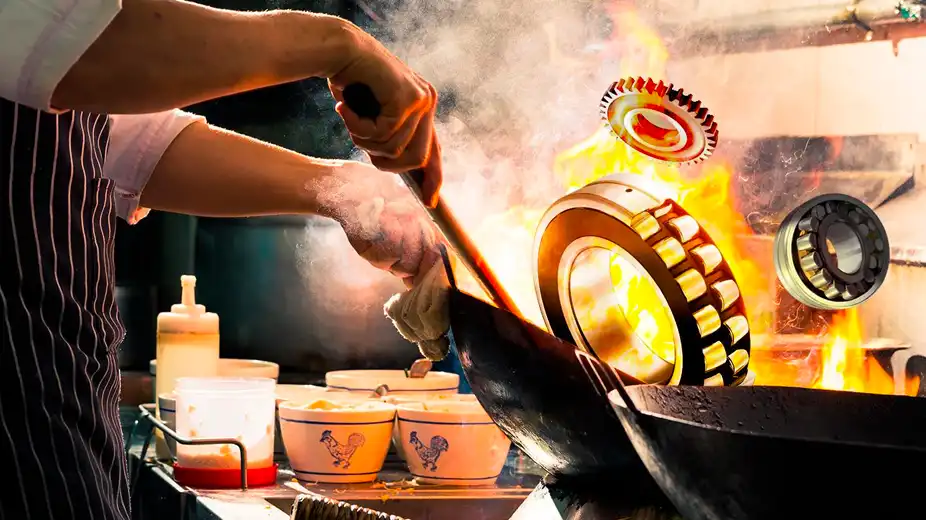
With precise cut and ground rings, the next critical step in the ball bearing manufacturing process involves heating and hardening. Heat treatment is employed to enhance the mechanical properties of the bearings, including hardness and toughness. The rings are heated to specific temperatures and then rapidly cooled through quenching, creating a hardened structure.
The heat treatment process has a profound impact on the quality of the ball bearings. It not only improves the hardness but also influences factors like wear resistance and fatigue strength. This crucial step ensures that the bearings can withstand the demands of their intended applications, whether in a high-speed automotive engine or a heavy industrial machine.
Achieving optimal hardness is a delicate balance. If the rings are not heated and cooled correctly, it can result in uneven hardness or even material distortion. Manufacturers employ precise control mechanisms and advanced technology to ensure uniform heat distribution and consistent hardening across all bearings, contributing to their overall reliability.
Applying Final Finishing
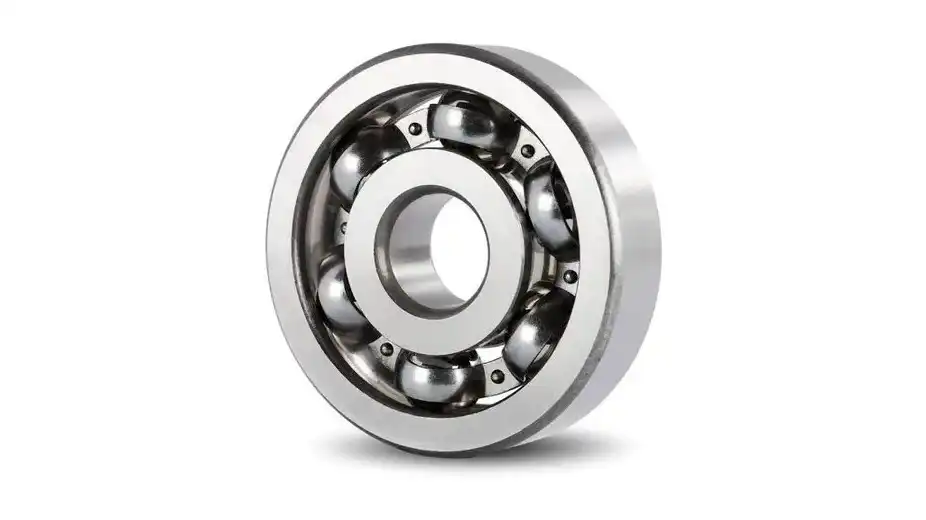
After the heat treatment, the ball bearings undergo final finishing, which includes surface treatment. Surface treatment is applied to improve corrosion resistance and reduce wear. Common surface treatments include coatings, plating, or specialized chemical processes. These treatments not only enhance the bearings’ aesthetic appearance but, more importantly, contribute to their longevity and performance.
Final finishing is not the endpoint; it is a stage that involves rigorous quality checks. Each bearing is meticulously inspected to ensure that it meets the specified standards. Any deviations from the desired specifications are addressed promptly. This commitment to quality control is vital in delivering ball bearings that consistently perform at their best.
The application of final finishing serves the dual purpose of enhancing the bearings’ aesthetics and ensuring their durability. Surface treatments protect the bearings from environmental factors, such as moisture and contaminants, contributing to their longevity. Quality checks, on the other hand, are the last line of defense to guarantee that only high-quality bearings reach the end-users.
Stamping Bearings with Manufacturing Information
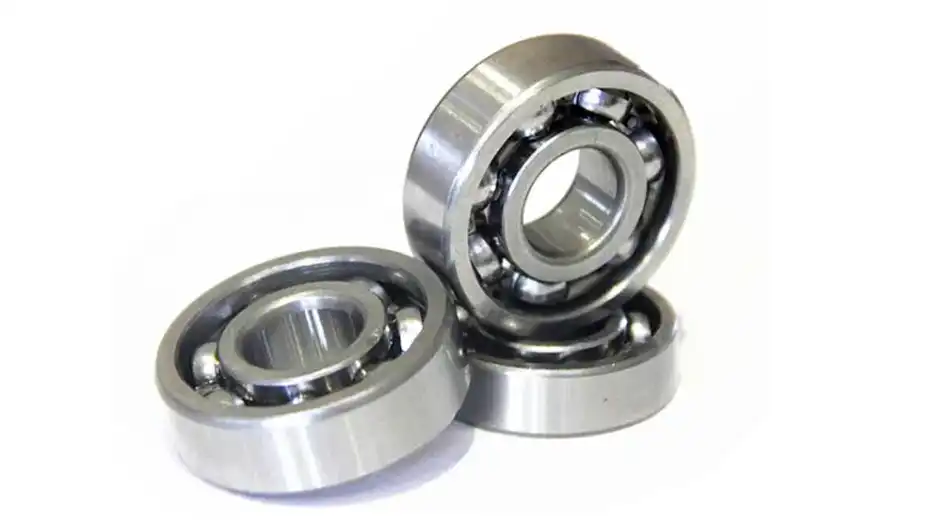
Each ball bearing is stamped with essential manufacturing information. This includes details like batch number, manufacturing date, and specifications. Stamping provides traceability, allowing manufacturers and end-users to track the bearing’s origin and characteristics.
Specialized machinery is employed for stamping, ensuring the accuracy and permanence of the information. The use of automated systems reduces the likelihood of errors and ensures that the stamped information remains intact throughout the bearing’s lifespan.
Traceability is crucial in various industries, especially in applications where safety and quality control are paramount. Stamping bearings with manufacturing information enables easy identification and traceability, facilitating maintenance, quality audits, and swift response to any potential issues.
These meticulous steps contribute to the overall precision and reliability of ball bearings. From the initial selection of raw materials to the final stamping of manufacturing information, each stage in the manufacturing process plays a pivotal role in ensuring that the resulting bearings meet the highest standards of quality and performance.
Quality Control in Ball Bearing Manufacturing

Quality control in ball bearing manufacturing is a continuous and rigorous process. At each stage, from selecting raw materials to the final assembly, stringent measures are in place to ensure that the bearings meet the highest standards. This involves regular inspections, testing, and adherence to predefined quality control protocols.
Continuous monitoring is integral to maintaining quality throughout the manufacturing process. Advanced sensors, automated inspection systems, and real-time data analytics are employed to detect deviations from specified tolerances. This proactive approach enables manufacturers to address potential issues promptly, preventing the production of subpar bearings.
Adherence to industry standards is non-negotiable. Ball bearing manufacturers comply with international standards, such as those set by the International Organization for Standardization (ISO) or specific industry standards. Compliance ensures that the bearings not only meet the requirements of individual manufacturers but also align with global benchmarks for quality and performance.
Advancements in Manufacturing Technology
As technology evolves, so does the manufacturing process of ball bearings. Advancements in manufacturing technology play a pivotal role in enhancing efficiency, precision, and overall quality. Artificial intelligence (AI) is increasingly integrated into precision machining processes, optimizing manufacturing parameters for consistent and accurate results.
Automated quality control systems leverage machine learning algorithms to analyze vast amounts of data, identifying patterns and anomalies that may elude human inspection. This not only improves the reliability of the final product but also streamlines the manufacturing process, reducing production time and costs.
Challenges in Ball Bearing Manufacturing
While technological advancements are prevalent, challenges persist in ball-bearing manufacturing. Sustainability concerns, including the environmental impact of manufacturing processes and material sourcing, present ongoing challenges that manufacturers are addressing through eco-friendly practices and recycling initiatives.
Cost pressures, driven by market competition and fluctuating raw material prices, require manufacturers to seek cost-effective solutions without compromising quality. Additionally, global supply chain issues, such as disruptions in the availability of raw materials, pose challenges that manufacturers navigate through strategic sourcing and inventory management.
Applications of Ball Bearings

The versatility of ball bearings extends across various industries. In the automotive sector, they are integral to engines, transmissions, and wheels, providing smooth and efficient operation. Aerospace applications leverage ball bearings in critical components like aircraft engines and landing gear. Medical devices, household appliances, and industrial machinery all benefit from the reliability and efficiency that ball bearings offer.
Conclusion
In conclusion, the ball bearing manufacturing process is a sophisticated journey that intertwines precision, technology, and quality control. From the meticulous selection of raw materials to the application of advanced manufacturing technologies, each step contributes to the creation of reliable and high-performance ball bearings.

